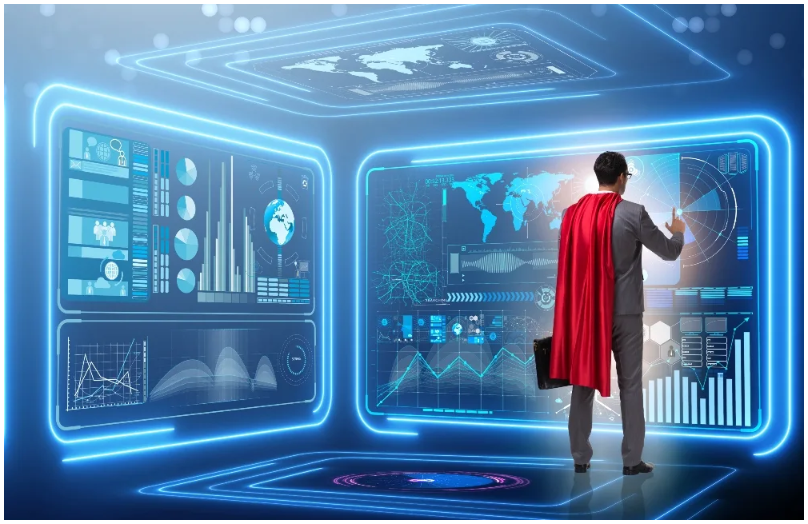
The success of an SAP-mandated upgrade to a cloud environment will ultimately come down to how well companies are able to take control of their content and data compliance.
While that may seem like a “Captain Obvious” statement, consider the sheer volume of data floating around within your own organization, and the multiple applications where it’s found.
What Goes Into Data Stewardship?
To ensure a productive and effective outcome when you evolve the current SAP legacy infrastructure, you need to:
- Ensure quality and fitness for purpose of data and metadata
- Manage data governance policies and procedures
- Identify all your data assets, wherever they live
- Provide a consistent “single version of the truth”
- Reduce risk by ensuring regulatory compliance
The person tasked with this near-Herculean task is your data steward or data manager, the professional responsible for carrying out data usage and security policies as determined through enterprise data governance initiatives. They act as a liaison between the IT department and the business side of an organization with the goal to ensure that no data is lost or compromised during the ERP migration process.
It’s a tall order. And it’s one with far-reaching consequences.
One challenge in particular is that of master data management. How can you identify, link, centralize, and control master data?
A Foundation of Data Integrity
Data integrity is the foundation upon which Moderna is able to speed biomedical innovations to market.
Although Moderna is a cloud-first organization, it still needed to find a way to use the full power of the cloud. It deployed Boomi’s integration platform as a service (iPaaS) solutions to integrate SAP, Workday (its HR system), and various financial applications, and to create a single master data hub.
Now, data entered anywhere within Moderna is entered once and accessible through every application companywide. This saves time and money in platform administration and maintenance, has allowed for the automation of complex, cross-platform business transactions, and most importantly, it has streamlined application migrations and minimized data errors. All this has allowed researchers and scientists to focus on their roles and saving lives.
Accessing Data Wherever It Lives
Another key challenge for data stewards in migration situations is the combination of finding and normalizing data wherever it lives and making it available when permitted for integration projects.
Britvic, a world-leading soft drinks company that owns Lipton and is a global partner of PepsiCo, has accumulated a sprawling infrastructure of more than 140 legacy interfaces. The cost of maintaining and integrating all those connections with a vast network of partners and third parties reached a critical point, and the Britvic team used the SAP update as the springboard to also move to an iPaaS.
Using Boomi as a modern middleware integration partner, Britvic can now connect data from applications, including SAP, to internal and partners’ IT systems. From integrating into ADP for payroll, Dynamics 365 for digital customer engagement, to other SAP-native systems and interfaces, the Britvic team has dramatically accelerated data transfer and improved data quality.
3 Steps to ERP Modernization Success
Companies like yours can start with three key steps to build your own ERP modernization success story:
- Centralize, normalize, and create intelligent, comprehensive master data.
- Execute simpler, more direct data policies enforcement to protect that content.
- Make master and cataloged data available for integration.
When you start with intelligent, connected data that can be optimized with automation, you set up your organization to succeed with its SAP modernization — and with delivering faster business outcomes as a result.
https://resources.boomi.com/resources/blog-posts/sap-modernization-data-steward-hero

